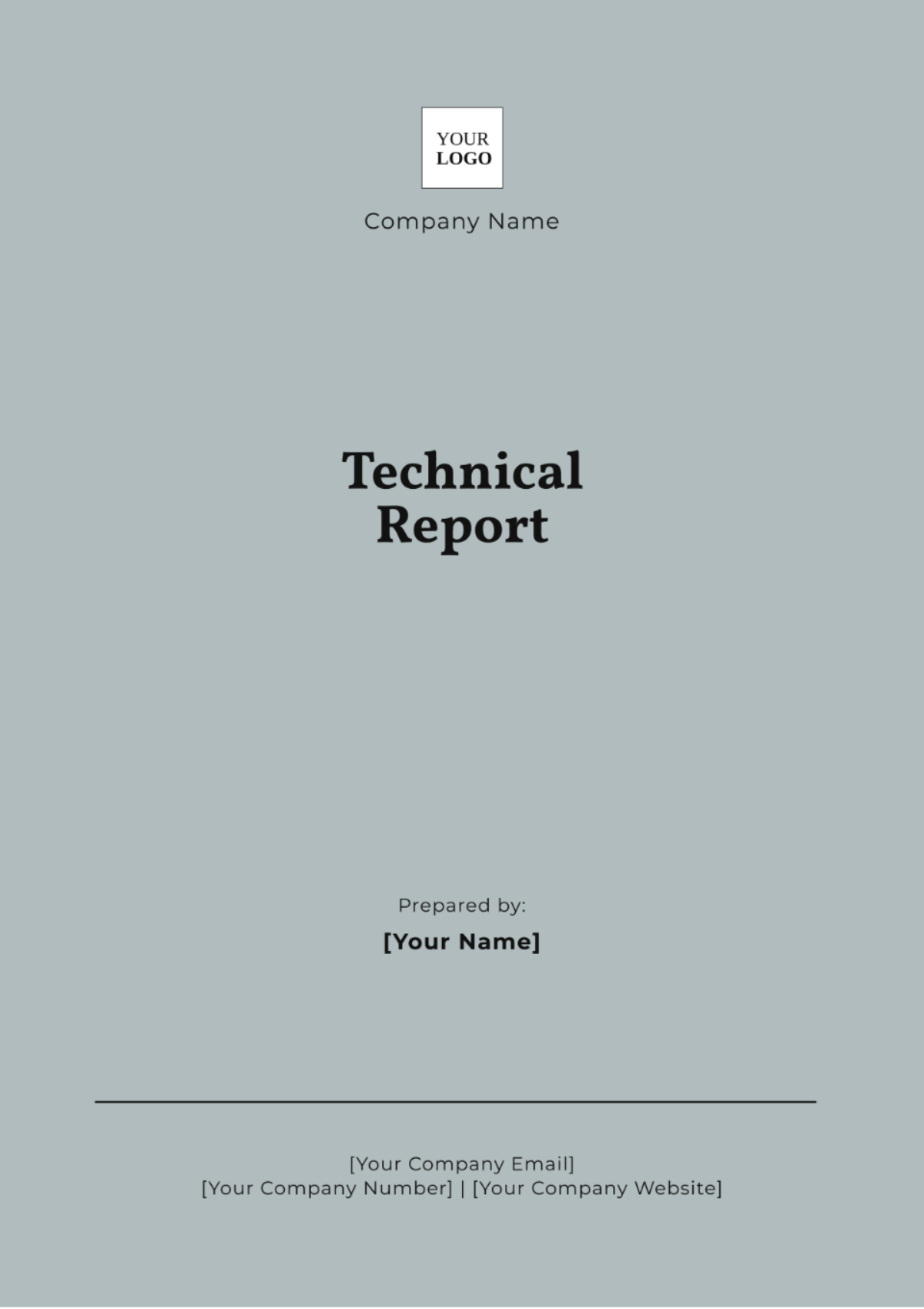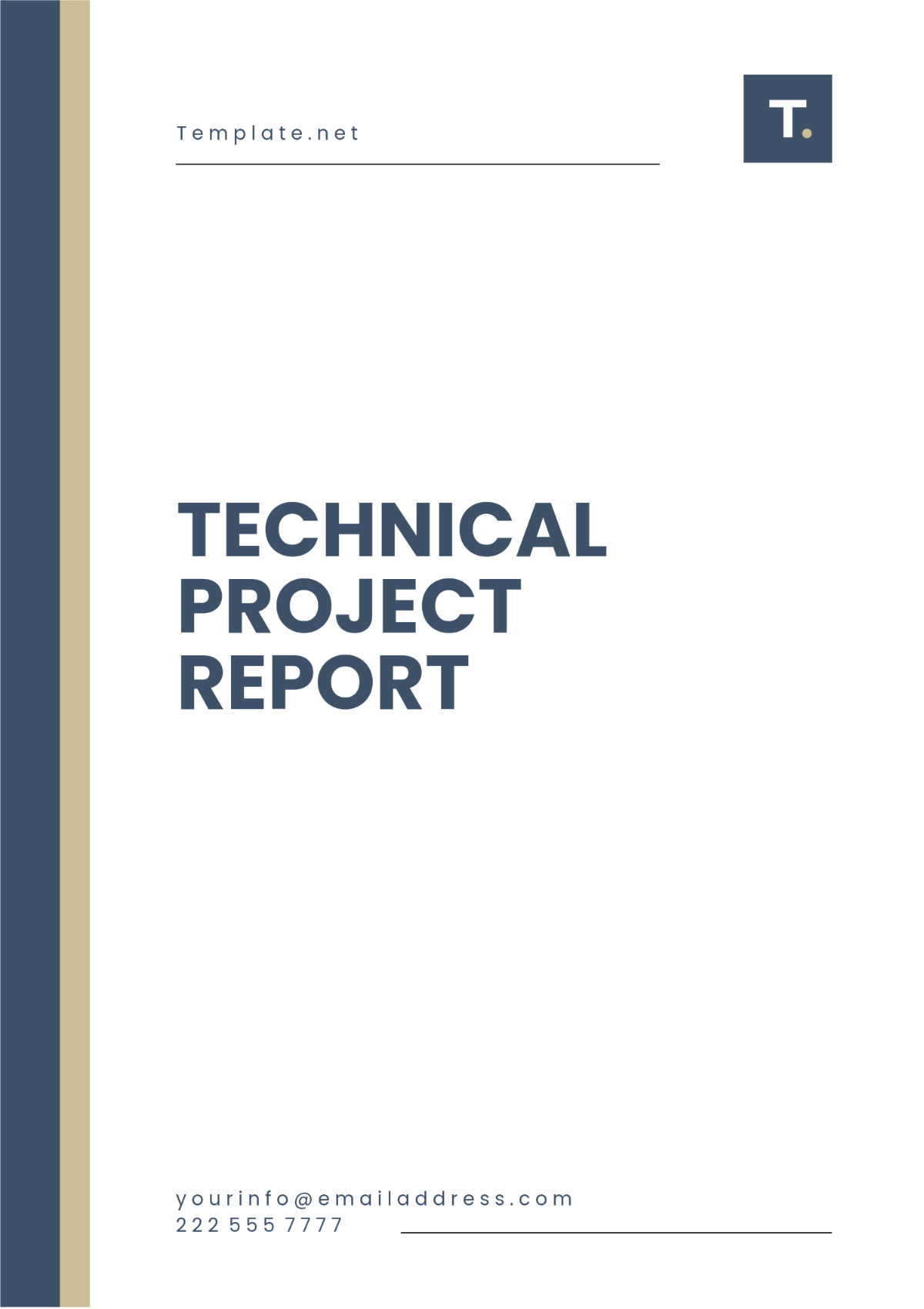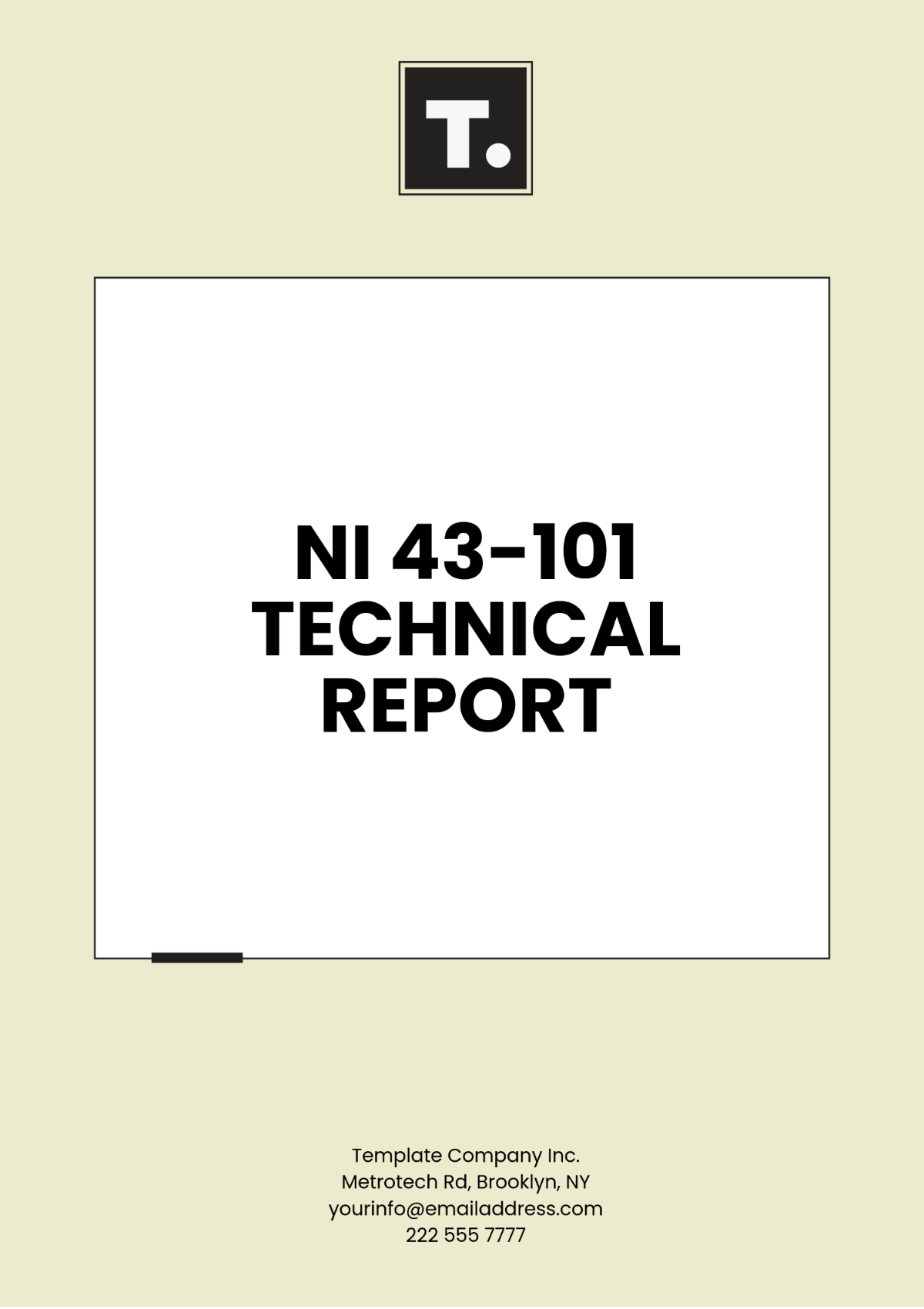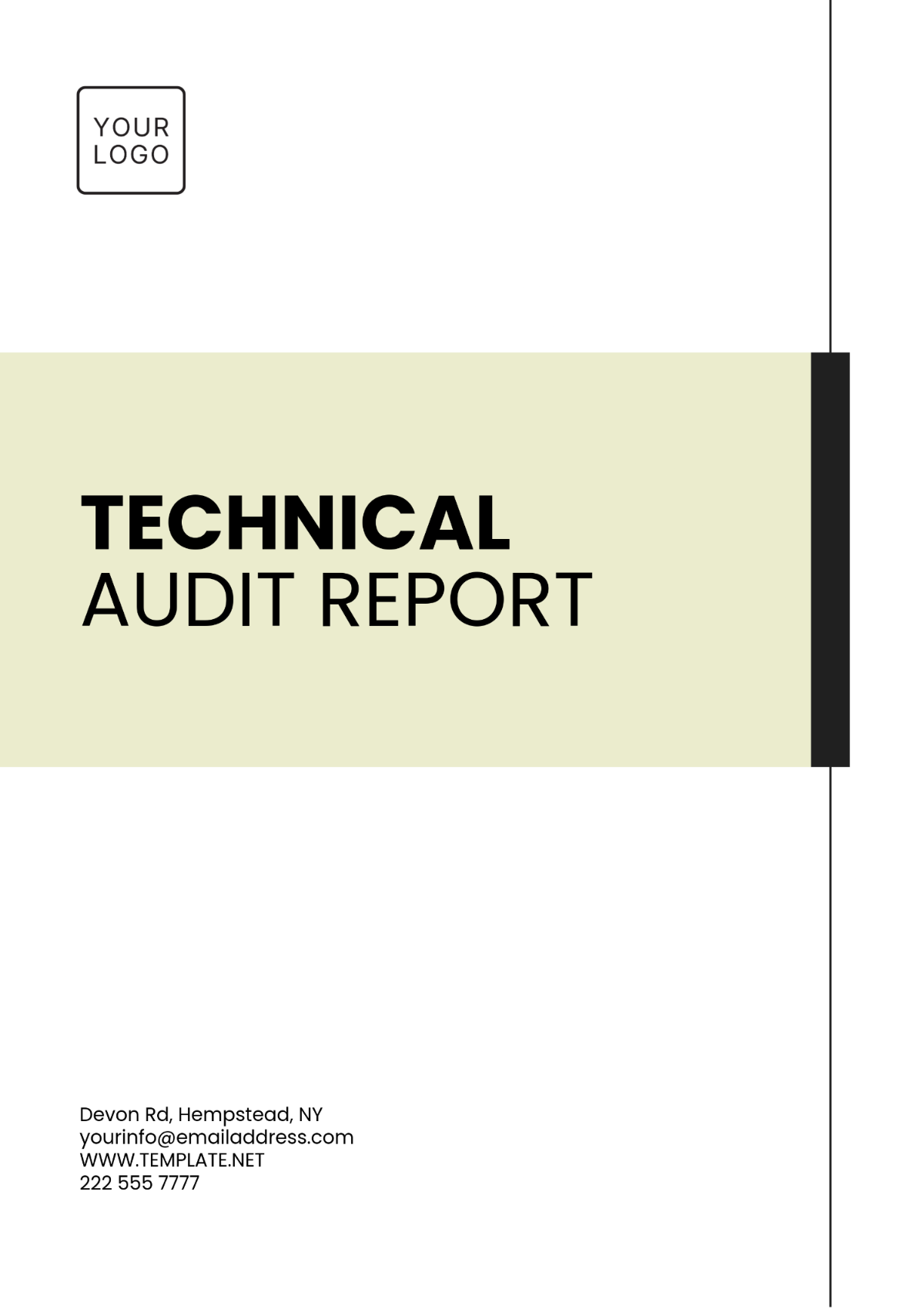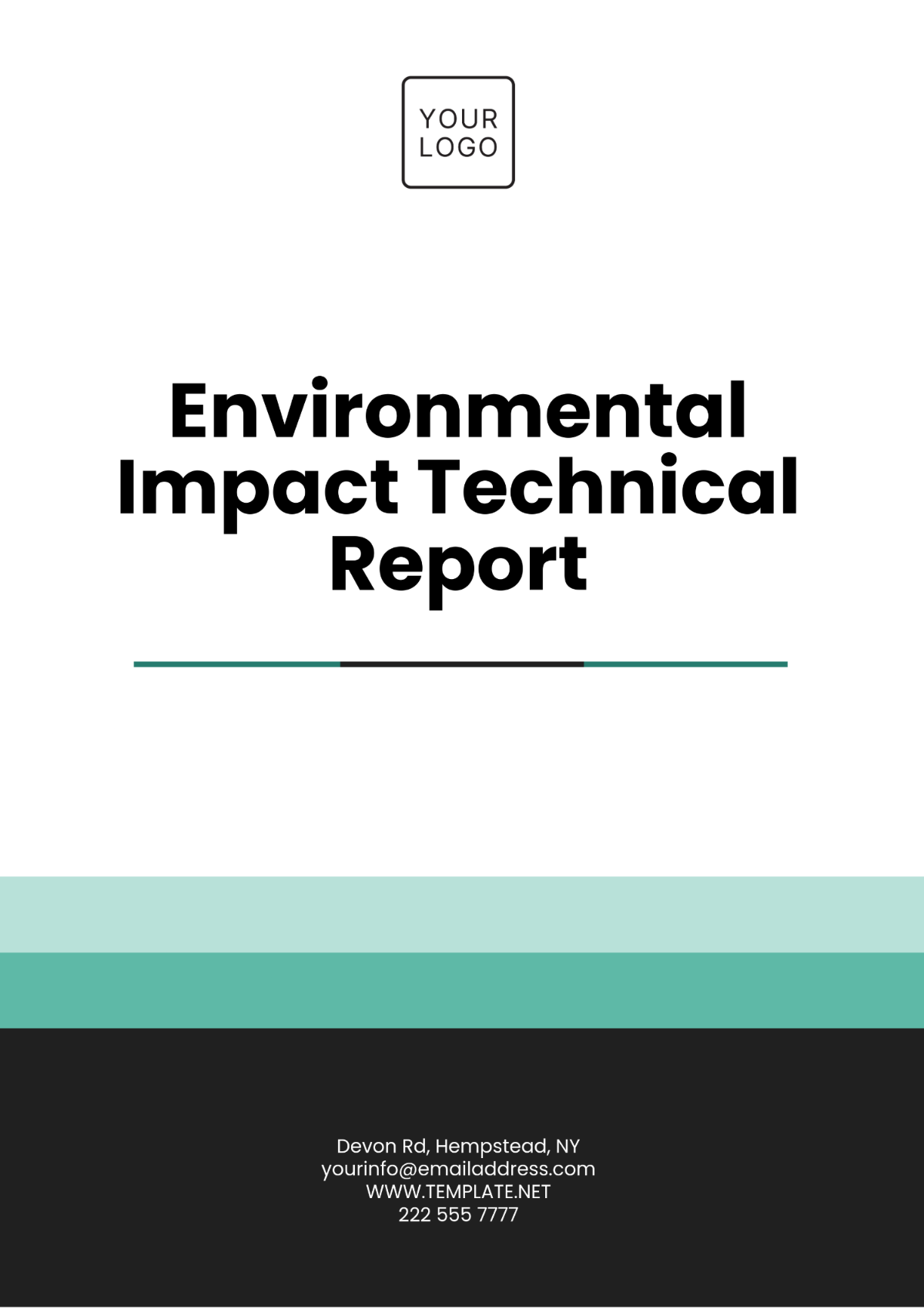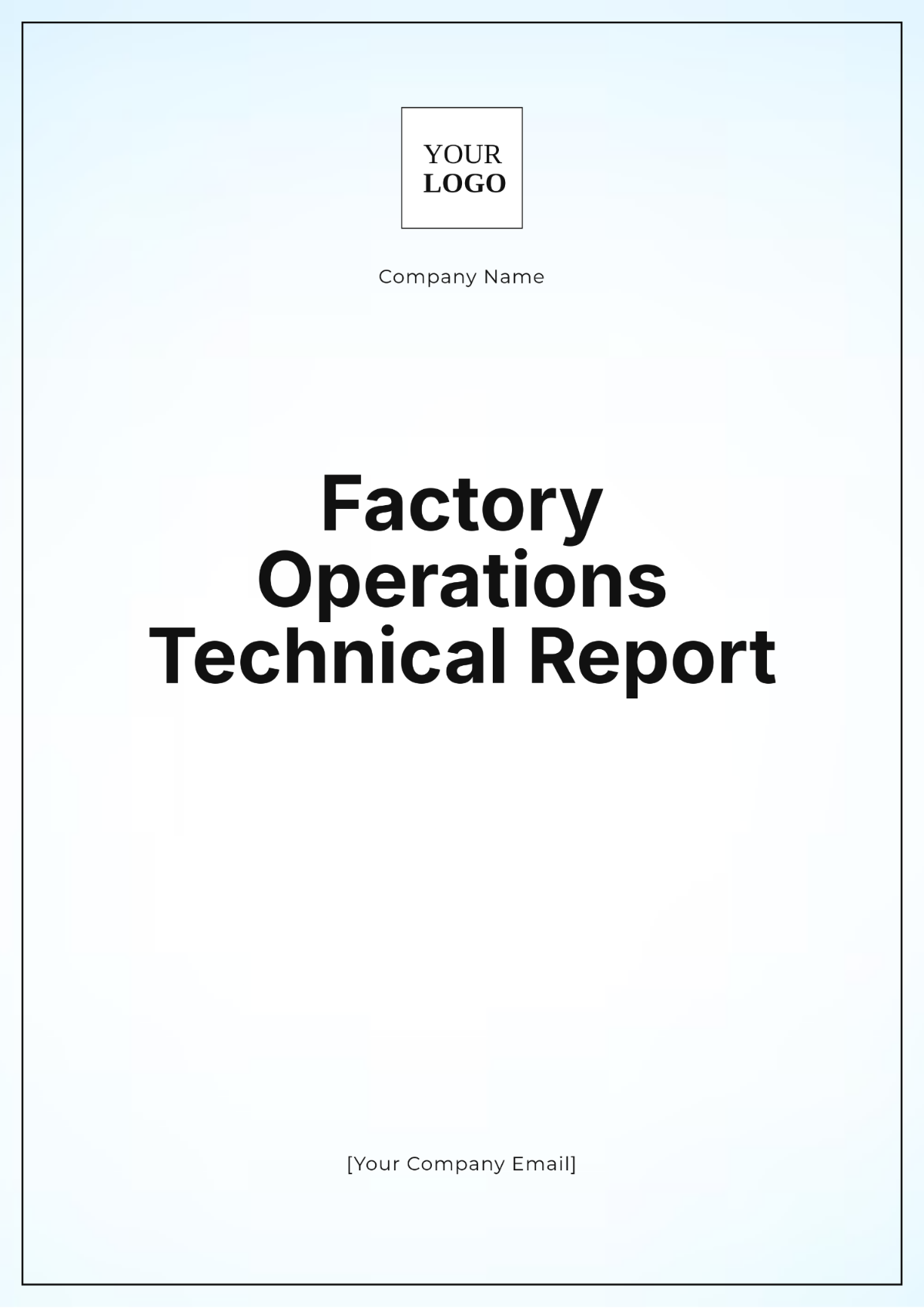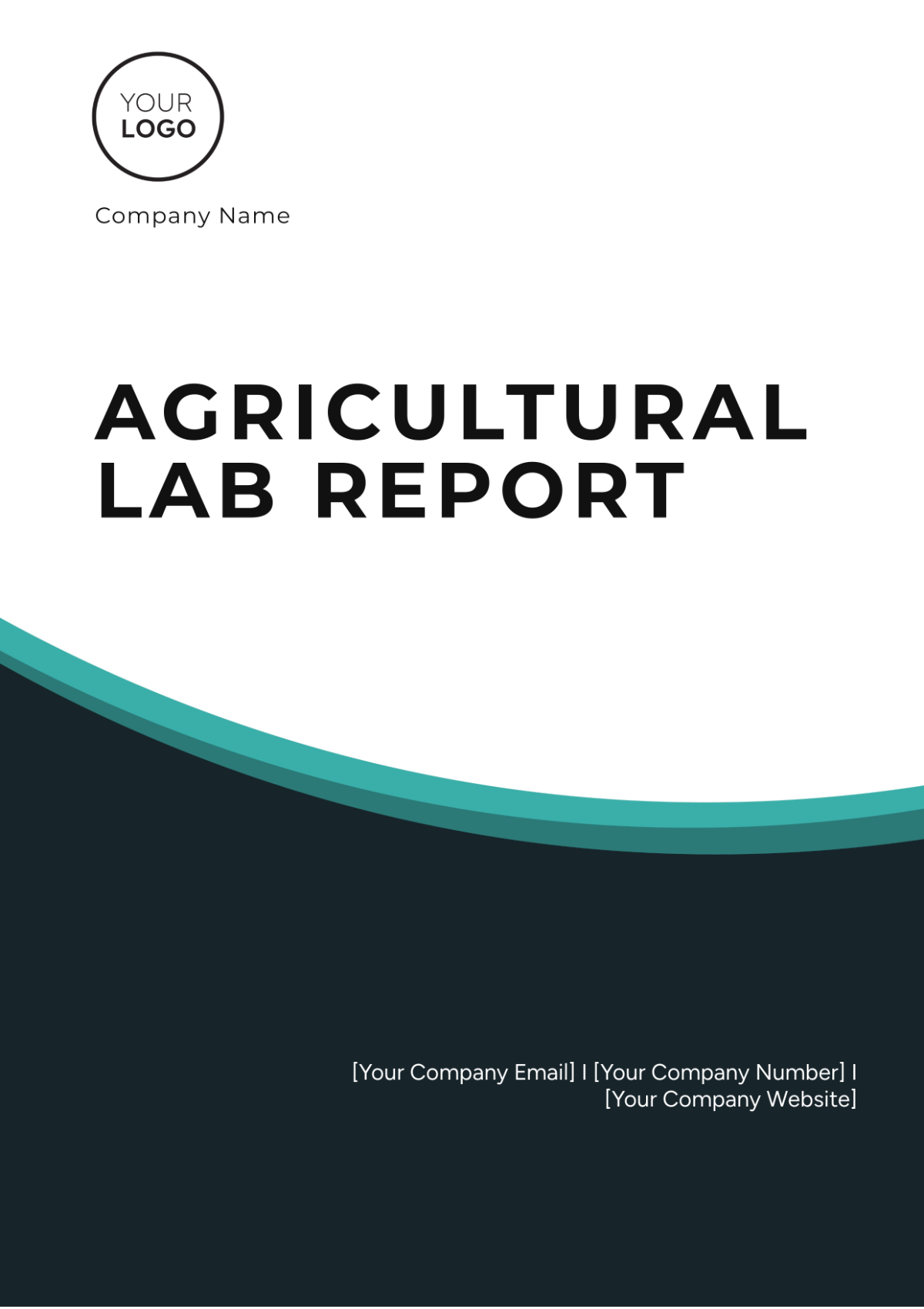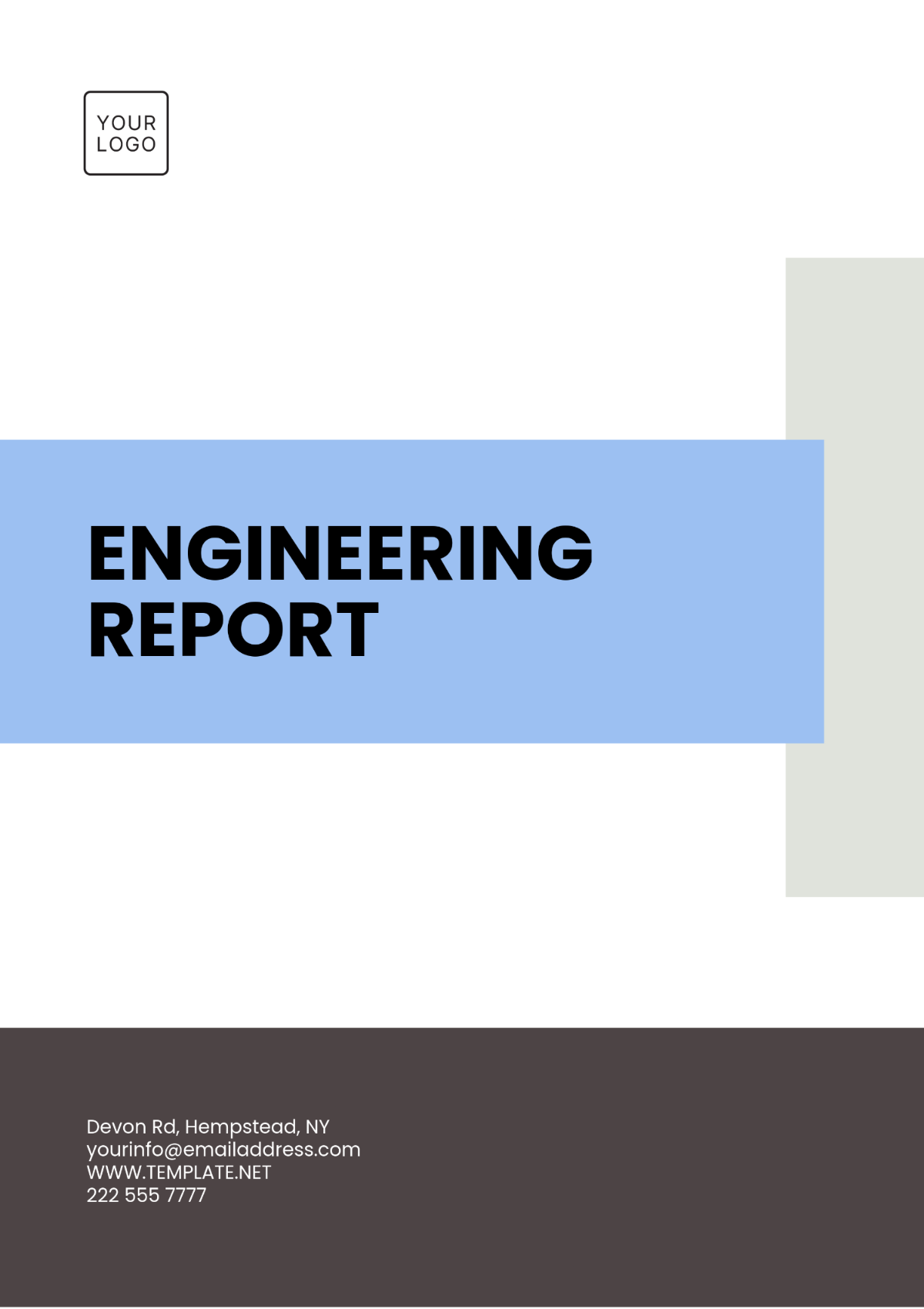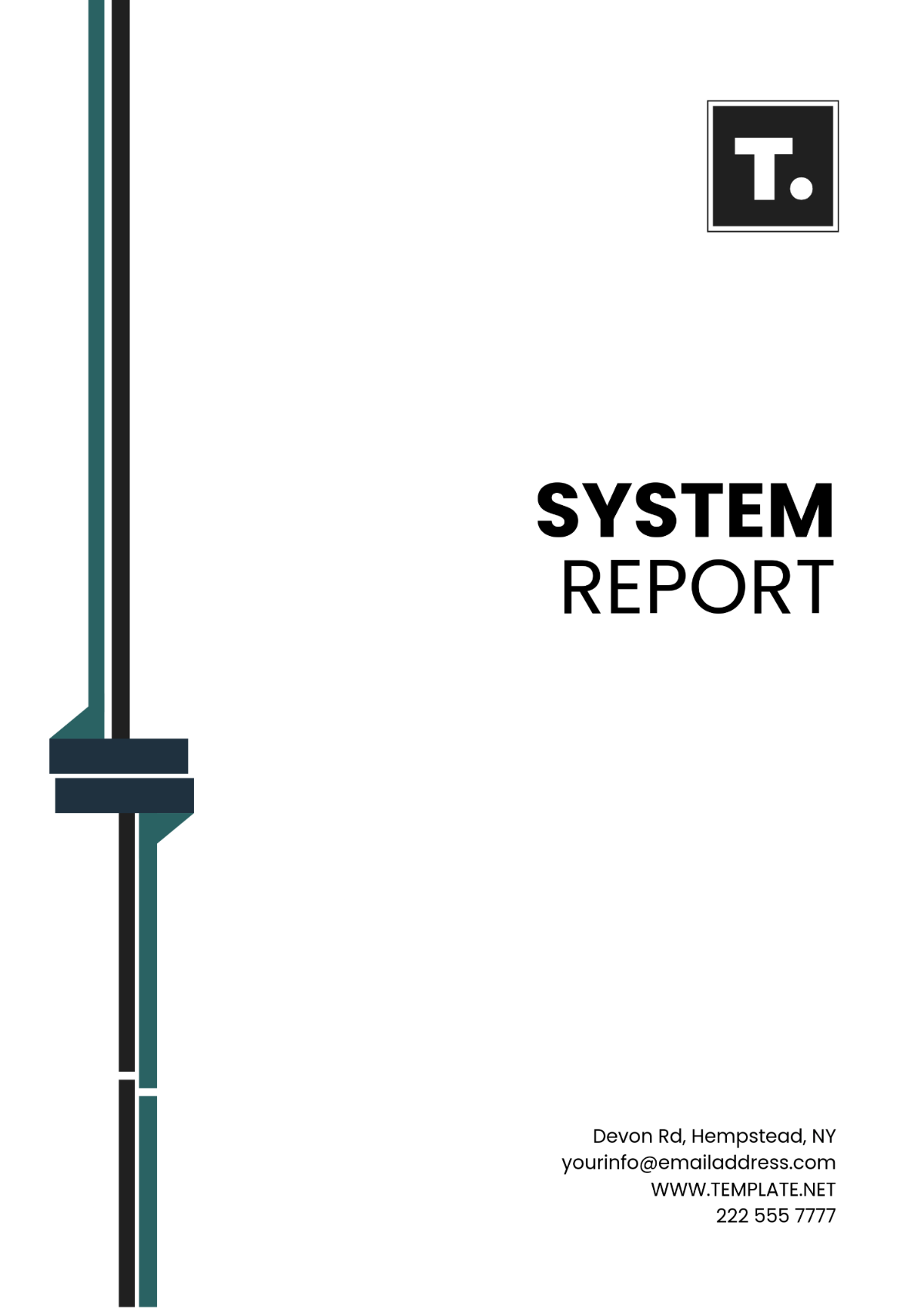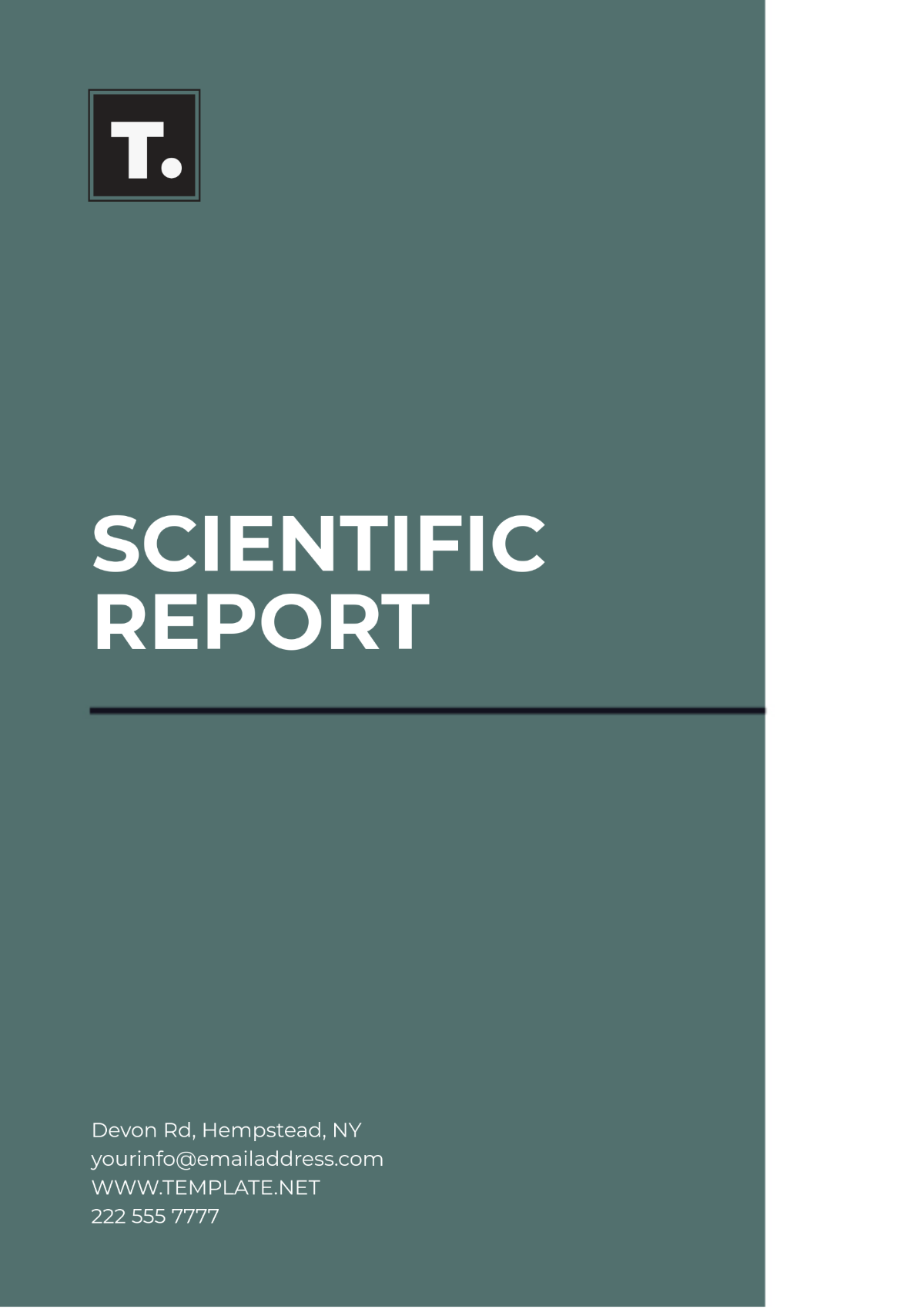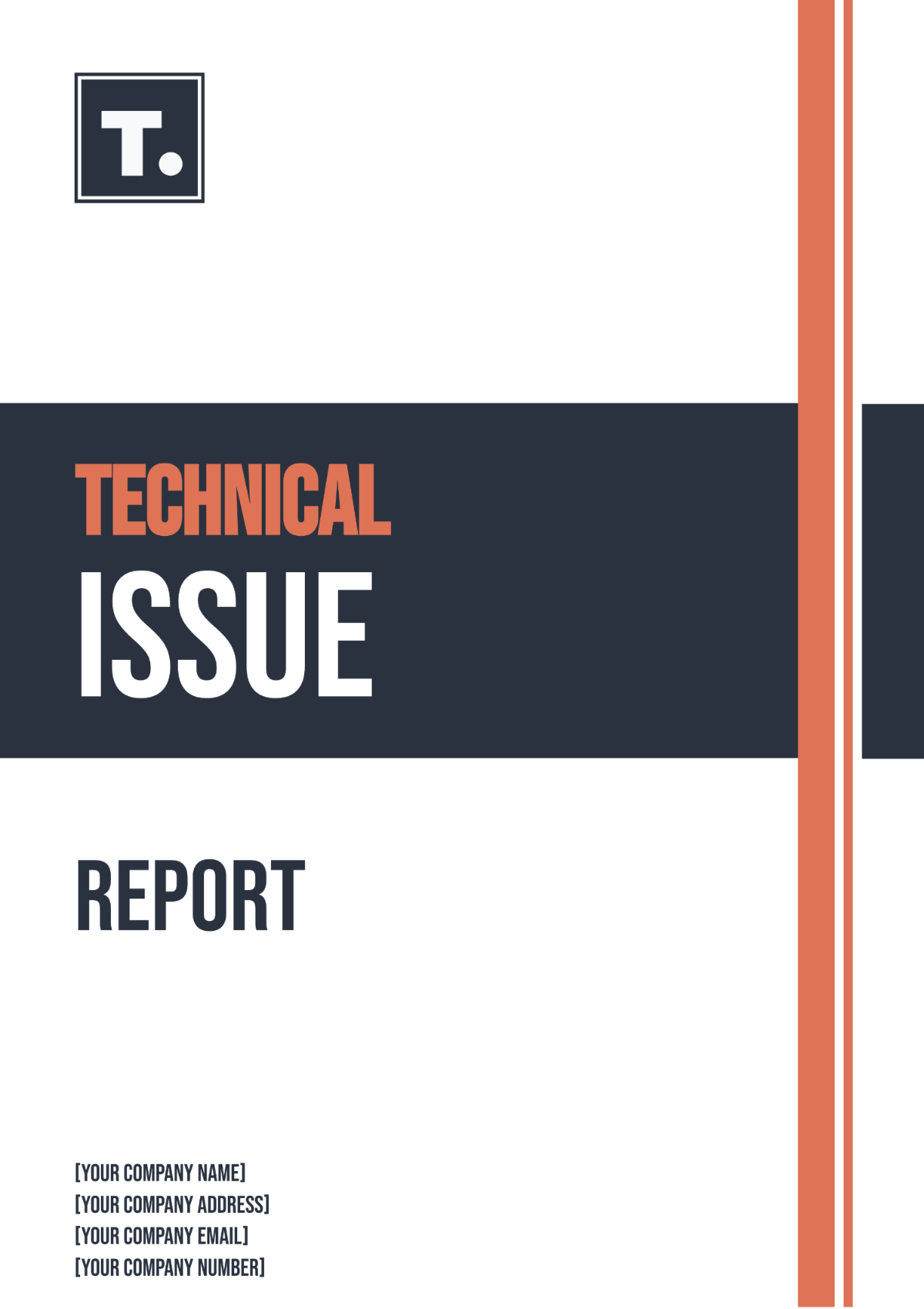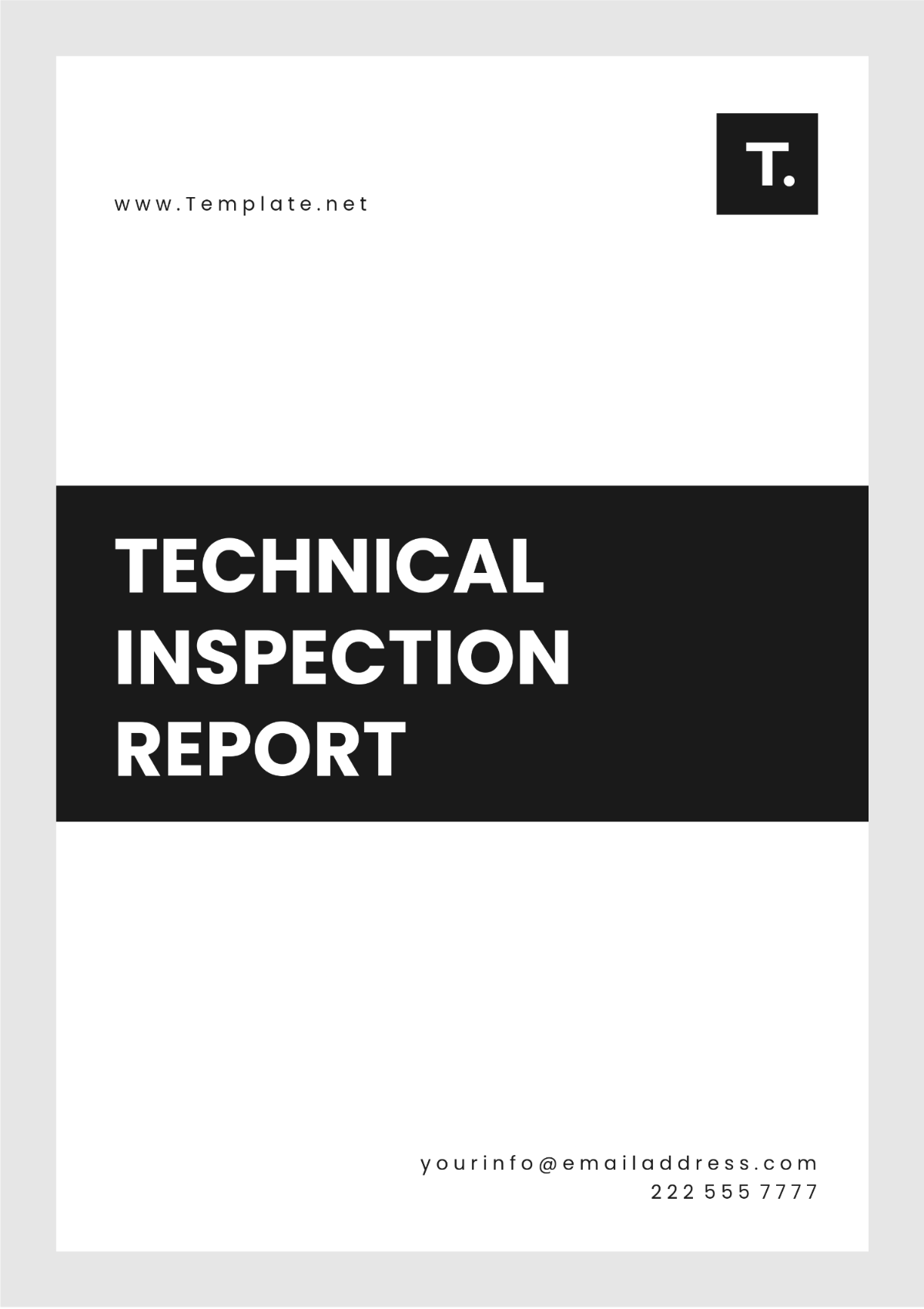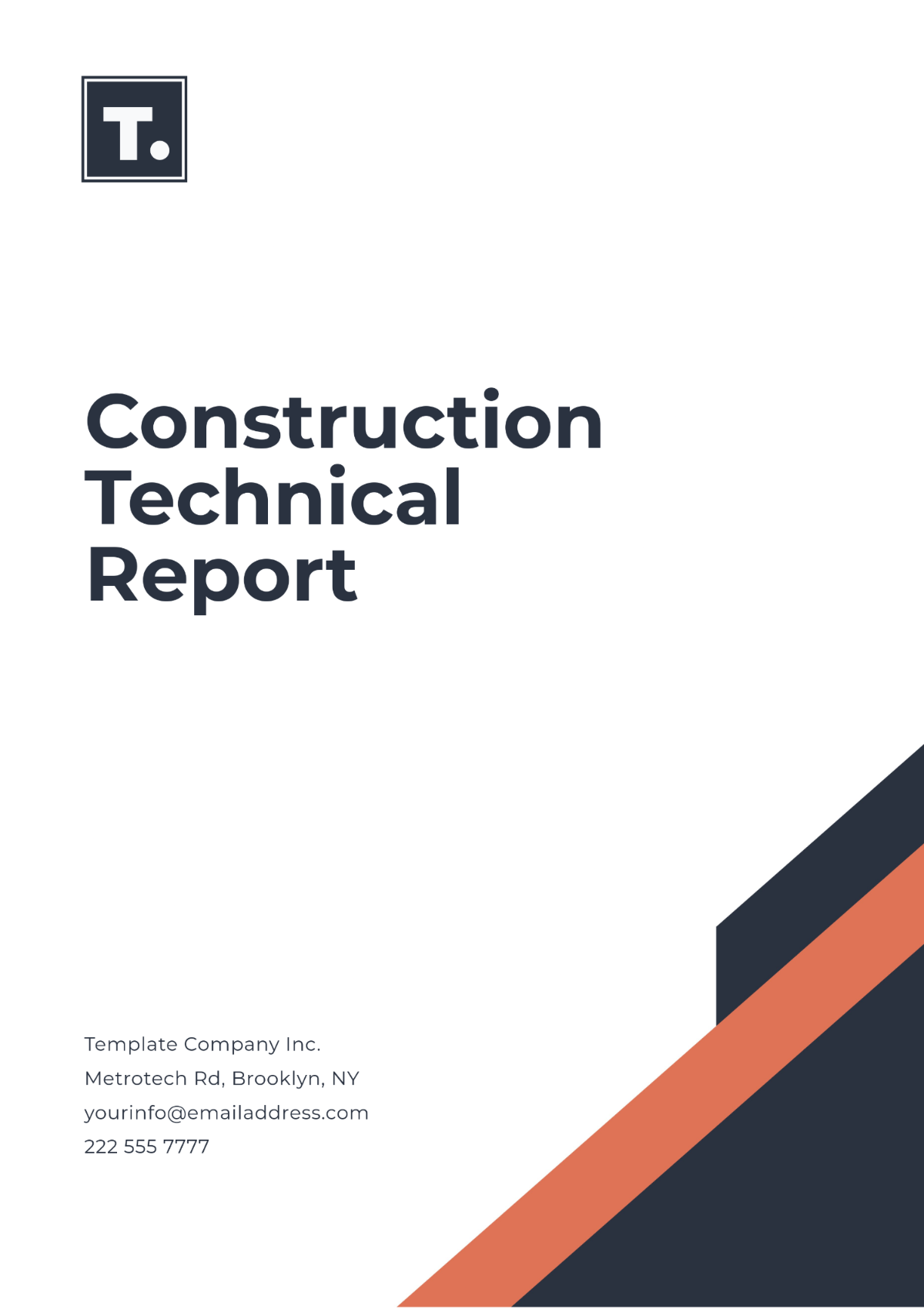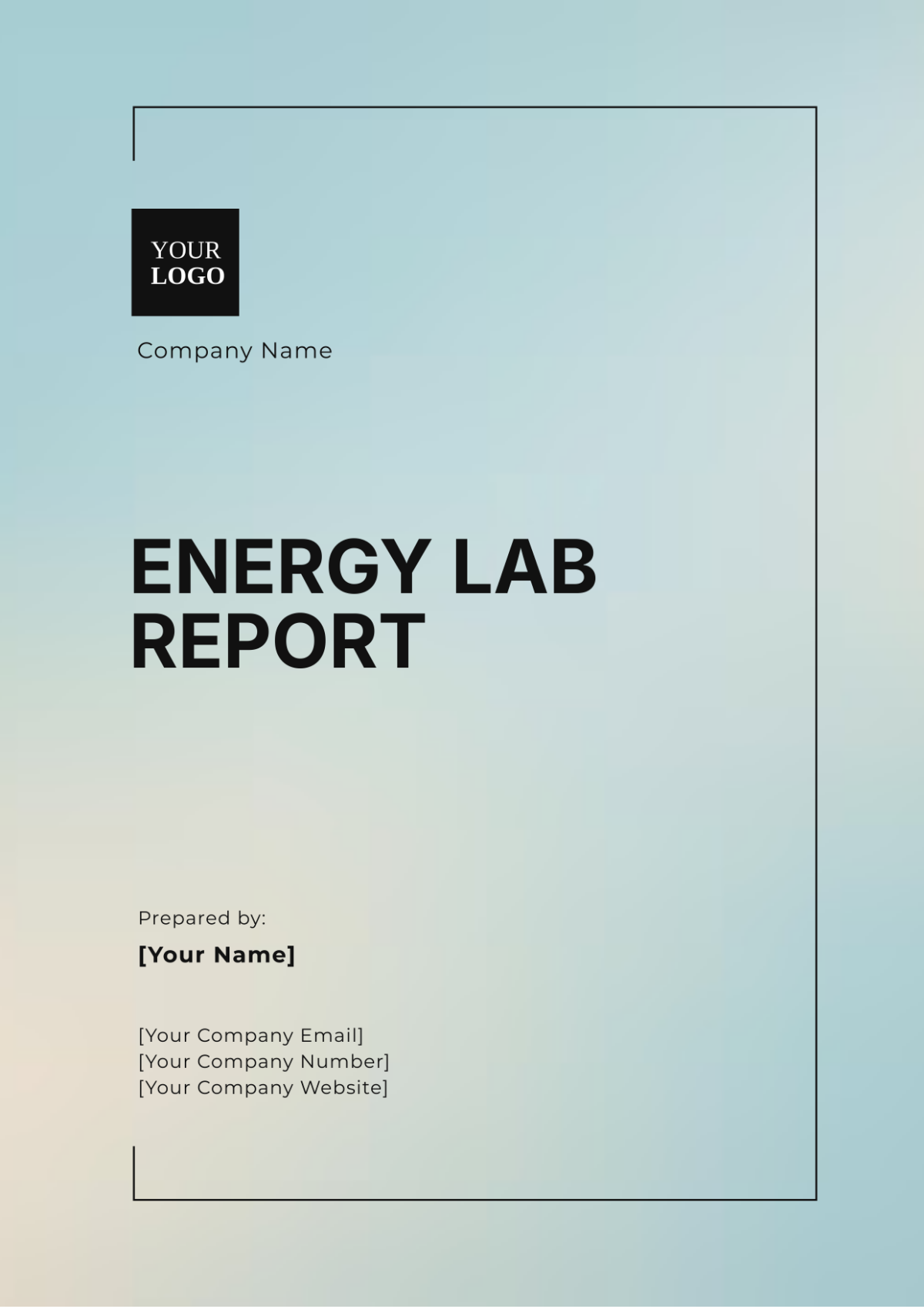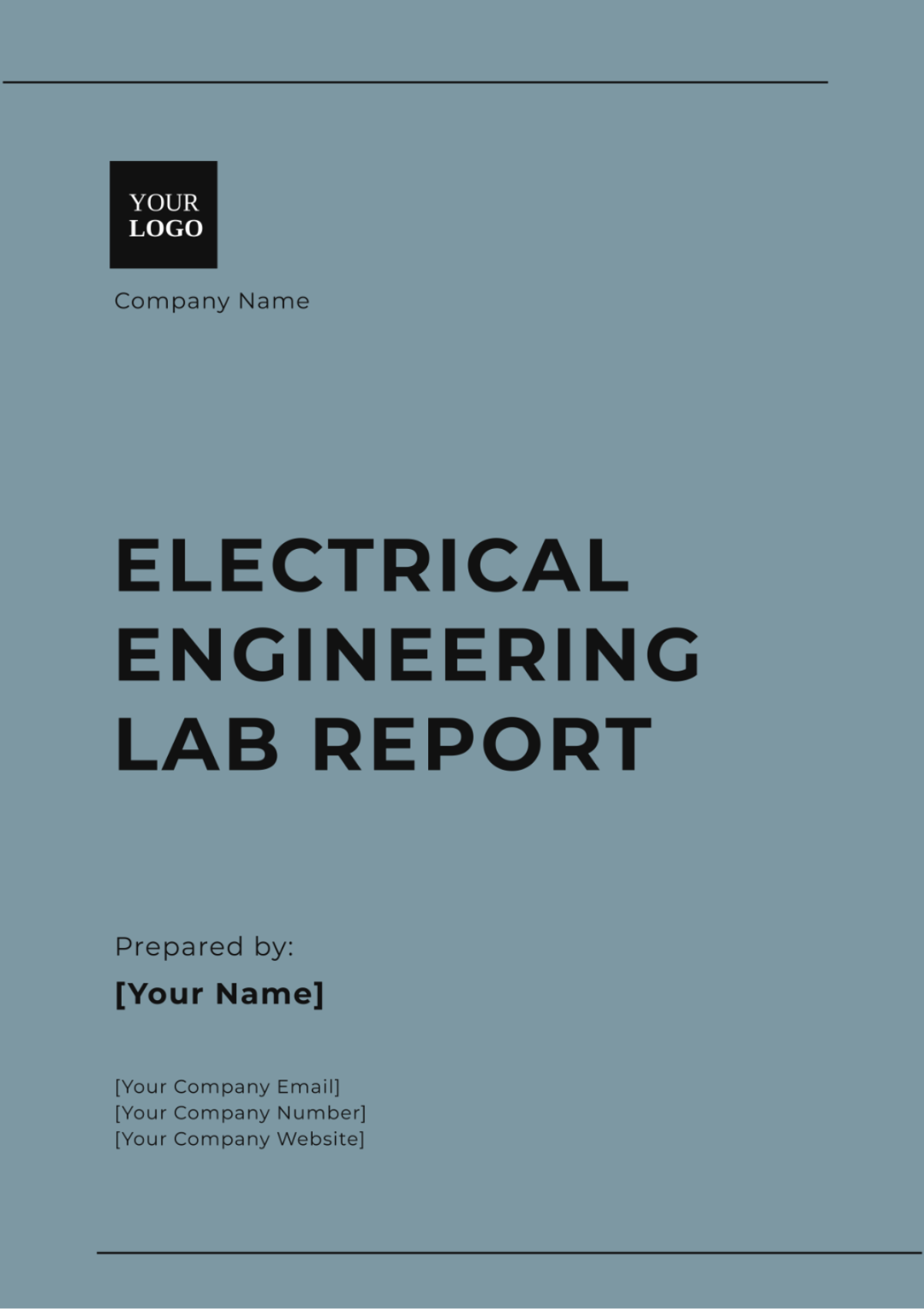Environmental Impact Technical Report
Prepared by: [YOUR NAME]
I. Introduction
The purpose of this technical report is to examine the environmental impacts of a proposed industrial project. It includes an assessment of environmental factors such as air quality, water resources, and biodiversity. This report also outlines mitigation strategies to minimize adverse effects.
A. Project Overview
The proposed project involves the construction of a manufacturing facility covering approximately 50 acres. The facility will produce consumer electronics and is expected to operate 24/7. The construction and operational phases demand a thorough environmental impact assessment to ensure regulatory compliance and environmental stewardship.
B. Objectives
The main objectives of this report are:
To identify potential environmental impacts of the project.
To propose mitigation measures for minimizing negative impacts.
To ensure compliance with local, state, and federal environmental regulations.
II. Environmental Baseline
This section provides a detailed description of the current environmental conditions at the project site.
A. Air Quality
The air quality in the project area is currently classified as satisfactory according to EPA standards. Key pollutants such as NOx, SO2, and particulate matter (PM10) are within permissible limits.
B. Water Resources
The project site is located near a freshwater lake that supports local agriculture and serves as a source of drinking water. The hydrological characteristics are stable, providing a reliable water source throughout the year.
Parameter | Current Level | Standard |
|---|---|---|
pH | 7.2 | 6.5-8.5 |
DO (Dissolved Oxygen) | 6.8 mg/L | >5 mg/L |
Nitrate | 2.5 mg/L | <10 mg/L |
C. Biodiversity
The site is home to various species of flora and fauna. Noteworthy species include the Eastern Bluebird, Red Fox, and several native plant species. Protective measures will be necessary to preserve this biodiversity.
Flora: Oak trees, Pine trees, Wildflowers
Fauna: Eastern Bluebird, Red Fox, White-tailed Deer
III. Impact Assessment
This section evaluates the potential adverse environmental impacts of the project.
A. Air Quality Impact
The construction phase is expected to produce dust and increase NOx emissions. During operations, NOx and SO2 emissions from manufacturing processes will require careful monitoring.
Activity | Pollutant | Expected Emission Increase |
|---|---|---|
Construction | Dust | Moderate |
Manufacturing | NOx | High |
Manufacturing | SO2 | Moderate |
B. Water Resources Impact
The project could affect water quality in the nearby lake due to runoff containing hazardous chemicals used in the manufacturing process. Adequate waste management and runoff treatment systems will be crucial.
C. Biodiversity Impact
Habitat disruption during construction could pose significant threats to local wildlife. Strict adherence to construction schedules and protective measures will help mitigate these impacts.
IV. Mitigation Measures
To minimize the environmental impacts, the following measures are proposed:
A. Air Quality Mitigation
Dust control methods such as water spraying during construction and installation of air filtration systems in the manufacturing facility will be implemented.
B. Water Resources Mitigation
An advanced wastewater treatment plant will be built to treat all industrial effluents before they are released. The use of permeable pavements and green buffer zones will also help manage runoff effectively.
C. Biodiversity Mitigation
To preserve local biodiversity, a conservation plan will be developed. This includes setting up wildlife corridors and transplanting affected flora to nearby suitable habitats.
V. Conclusion
This technical report outlines potential environmental impacts of the proposed project and recommends mitigation strategies to minimize negative effects. Effective implementation of these strategies is crucial for ensuring the project's compliance with environmental standards and its overall sustainability.
